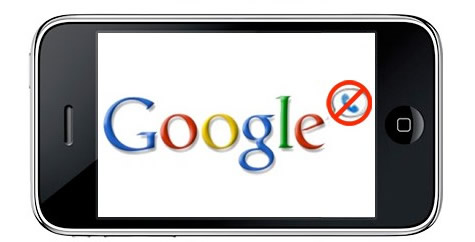Mobile Teens
 They started surveying teenagers about mobile phones for their Teens and Parents project in 2004. Then 45% of teens had a cell phone. The number climbed to 63% in fall of 2006 and then to 71% in early 2008.
They started surveying teenagers about mobile phones for their Teens and Parents project in 2004. Then 45% of teens had a cell phone. The number climbed to 63% in fall of 2006 and then to 71% in early 2008.Cost is obviously a factor in adoption by teens. It is easy to join Facebook, but probably still more difficult to get your parents to purchase a phone and add you to their plan. That might be especially true because teen users are heavy users of text messaging, MMS and data plans. And they are more likely to want that fancy feature phone rather than the one that comes "free" with the plan.
The Project results show that older teens are much more likely to have a cell phone than younger teens. It also shows that young teens also connect to friends via mobile gaming devices like the Nintendo DS and DSi and the Sony PlayStation Portable (PSP). This is most prevalent with teens ages 12-14). 67% of 12-14 year olds own a portable gaming device, compared with 44% of teens ages 15 to 17. The big drop occurs at age 14. Those middle school transition years change everything!
You might not see the connection between cell phones and these devices. Briefly, beyond local game play, a PSP offers internet connectivity. It also has a version of Skype which is the voice over IP application that allows users to make calls (many free) and instant messages over the internet.
It doesn't surprise me that the numbers show that mobile gaming devices are more likely to be owned by boys - 61% of boys owning one versus 49% of all girls. I was surprised that there seems to be no differences in ownership by race or ethnicity or by family income or education.
Read the Project report
 Friends with iPhones keeping telling me about something they downloaded. And those commercials are on all the time telling me there's an app for that. An app to solve all problems.
Friends with iPhones keeping telling me about something they downloaded. And those commercials are on all the time telling me there's an app for that. An app to solve all problems.